When the weight of your mounting debts feels like a ball and chain, you know it’s time to take proactive steps to get rid of your debt! We all take on various debts throughout our lives.
Sometimes it’s for things that help us, like education, and unfortunately, sometimes, it’s for stupid shit we could have done without. That kind of debt hurts the worst when we look back at all you have accumulated.
This article will walk you through various methods of debt payoff. Whether you are $500 or $500,000 in debt, you can take steps now to move toward your debt-free life quicker!
How to start destroying your debts!
Table of Contents
ToggleThe first place to start is to assess your current situation clearly and honestly. You must look this monster square in the face and come armed with information. If you really want to attain a debt free life, this is a must-do!
Dig through your records and accounts, print out your most recent statements, and gather them all together. Here’s what you need to write down:
- List each and every debt you have – car, student, home, credit, medical, everything.
- How much you owe on each debt
- What is the interest rate on each debt
- What is the minimum monthly payment for each debt
- What is the total monthly amount you must pay to cover all debt minimum payments.
Now that you’ve gathered everything together to take a look at it in the cold harsh light of day, how does it make you feel?
Scared? Sickened? Angry? Sad? Whatever you are feeling right now is totally valid. Being in debt can have a serious impact on our mental health and well-being. That’s why taking the steps to pay off your debt is so important! I am in your corner, cheering for you!
Not to worry! You can do this!
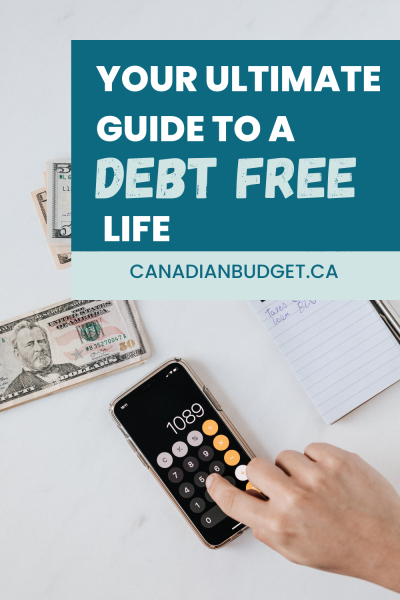
Review your Budget
Don’t have a budget? No Problem! let’s press pause here and jump over here to learn how to create a budget.
So, you now have a budget – and when you look at it – what do you see? Are you spending everything you make? Is your budget stretched to the max? Or is there some wiggle room in there to reprioritize your spending and put a little extra aside for debt payoff?
To make the most of your debt payoff efforts, you need more cash in the budget that is unassigned to anything else. This can occur in one of two ways. Either you reduce your spending or increase your income. For the short term, there are some things you may have to put on pause if you really want to get out of debt as quickly as you can.
The good news is – it won’t be forever. The other good news is – you can still keep things in your budget that add value and bring you joy. A total barebones budget that cuts out everything is not one you will stick to for long.
Reduce your Spending
Take steps to really examine each area in your budget to see if any changes can be made to reduce your overall spending. Here are at least 6 ways to reduce your expenses and make more room in your budget.
Track your spending
Once you’ve determined the cost savings you are going to try and make, it is really important to track your spending by hand and make sure you are sticking to the plan you’ve made for yourself.
Yes, I said by hand and yes, every cent! Even though I love budgeting with google sheets, doing it through an app, or spreadsheet just doesn’t hit the same. It won’t register in your brain as well as it will if you write it down by hand. Trust me.
Again, this is not a forever thing, but I highly recommend tracking your spending by hand for a few months. This can really help you understand your spending habits, and keep yourself on track.
Set aside 5 minutes at the end of each day, or 15 minutes on a Sunday evening to go over the week’s spending to write down and categorize each item.
Increase Your Income
There is only so much we can cut out of a budget. However, there are always opportunities to make more money to get some room back in the budget.
What can you think of that can possibly help you to increase your income? Can you declutter your home and sell things to make a bit of cash? Take up a side hustle to bring in a little more each month? Can you pick up some gig work, drive for Doordash or Uber, do paid surveys online, or start a blog? The list is endless, but your time is limited, so think about what might work for you.
Make Sure You Have an Emergency Fund
During the past few years, the pandemic has hit everyone hard. Forbes reports that nearly 40% of Americans dipped into their emergency savings during the pandemic. In Canada, STATSCAN Reports that only “23.9% of households reported having established or built up an emergency savings fund” at all.
Not having a sufficient emergency fund is a major factor that contributes to taking on more debt when unexpected expenses arise.
You may be thinking, I’m already in debt, my budget is stretched thin, do I really need to be saving for something else right now too?
Unfortunately, the answer is yes. Even if you are starting with just $10.00 a month that you are putting away in a high interest savings account (HISA) to begin to build up your emergency fund. Don’t delay. The next time an unexpected expense comes around, you will be prepared to handle it, and it will not add to your debt! A HISA can help your emergency fund grow much faster, accelerating your movement toward a debt-free life.
How Much Should Your Emergency Fund Goal Be?
This is entirely a personal decision – but there are a few guidelines to help you decide, read on to learn more.
Think of one of the worst-case emergencies – for most people, this is loss of employment. If that happened to you due to layoff, termination, disability, or by choice, and you didn’t have another job lined up – you need an Emergency Fund to cover your mandatory expenses for up to a few months. You can cover other things with your emergency fund, like emergency car repairs, a vet bill, emergency plumbing, or other urgent home issues that cannot be delayed.
Having an emergency fund makes all of these more of a minor inconvenience, as you get the peace of mind of knowing it will be covered and you won’t have to go into more debt to pay for it.
You get a number for yourself by adding up your monthly costs for your rent, insurance, car, food, utilities, phone, internet, and any other things you can’t be without – and multiply it by the number of months you want to cover.
Most people aim for 3-6 months worth of expenses covered in an Emergency Fund. I highly recommend you start building up your Emergency fund while paying down your debts.
Learn Debt Payoff Methods
Two of the most popular debt payoff methods are the Debt Avalanche and the Debt Snowball. Each of these methods has you arrange your debts in a certain order, and while always paying the minimum across all debts, any extra money you have goes toward one debt first. This helps you move systematically through your debts, paying them down.
So what is the difference between these two methods? In Debt Snowball you arrange your debts from the smallest amount owing to the largest. You focus on paying off the smallest first and moving toward the biggest. In Debt Avalanche, you arrange your debts by interest rate – from highest to lowest. Personally, I love the Debt Avalanche, and I want to help you learn how to get to your debt free life faster!
What works for you
You will want to choose the method that works best for you. But don’t feel like these are the only ways to go. You could choose your payoff order regarding which debt brings you the most stress. Aim to get rid of that one first, and switch back to using snowball or avalanche to tackle the rest.
The most important thing is just to get started. So don’t worry too much about the best way; just pick one and go. You can always change if you find your method is not motivating you enough.
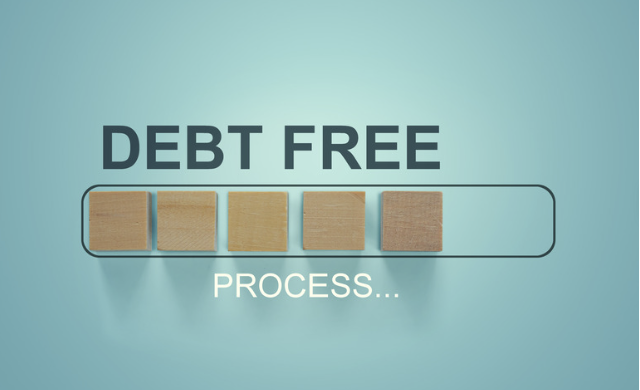
What else can I do?
If you have been working your ass off to get debt-free and your balances are barely budging, you may want to try something a little more. Here are a few more recommendations to help you in your debt free journey.
Make it fun!
There are lots of ways to help you stay engaged in the process. You can visually track your progress or join a debt payoff challenge to keep yourself motivated.
Negotiate lower rates
Did you know that you can actually negotiate your interest rates and fees? Everyone can do this, whether you are hundreds or hundreds of thousands in debt. Try these few tips to help negotiate your rates.
- Start with the card you have had the longest
- Share your personal circumstances
- Track the calls and requests you make to each company
- Be kind to them, but ask to speak to a supervisor
- Explain you may need to transfer your balance to a card with a lower interest rate (come armed with examples of other card offers) but want to give them a chance to match the rates
- Making sure you pay on time every month even if it is just the minimum can help give you some leverage with the provider.
Your requests won’t always be granted; a reduction in your interest rate is at the company’s discretion, but it’s ALWAYS worth trying. If you don’t ask, you will never get! When these requests are successful, it’s like a cheat code moving you more quickly to your debt free life!
You can also transfer your balance through a 0% interest promotion or just to a lower interest rate card, which can help provide a little relief.
Consider refinancing with a consolidation loan
A consolidation loan could consolidate your multiple high-interest debts into one debt with lower-interest payments. A consolidation loan will pay off your credit cards and loans, and you will pay this one loan each month.
The risk is that you feel like you paid off your cards and may want to use them again. So only go this route if you can stop using your problematic cards until you are totally debt-free.
Consider a consumer proposal
A consumer proposal is a legally binding agreement with your creditors, facilitated by a 3rd party to help you get out of debt – in essence, to pay less than you owe. You would work with a Licensed Insolvency Trustee to make the arrangements with your creditors. This does hurt your credit score, and it is not for everyone, so do your research before considering this route.
Track your progress toward your debt free life
I am a huge proponent of tracking your progress, whether it’s digitally or by hand. What you don’t track can’t get fixed, so pick a method you prefer and get started. Don’t let perfect be the enemy of great. We often have what’s called decision Paralysis. Considering so many things, we do none at all. Get started today and make progress toward living a debt free life! You won’t regret it.
You can do this!!
Find more posts like this in the Savings & Debt section of our blog!
More from the blog...
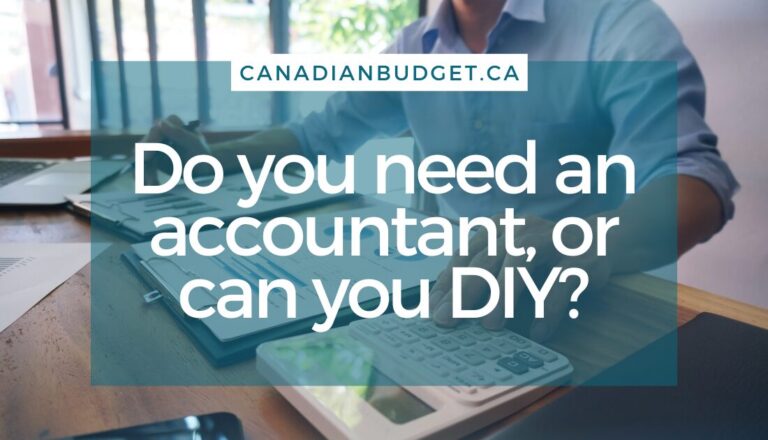
Do You Need an Accountant…
Guest Post by Karan Sachdeva of MultiTaxServices Doing taxes in Canada Money management often feels like one of those “I’ll...
Read More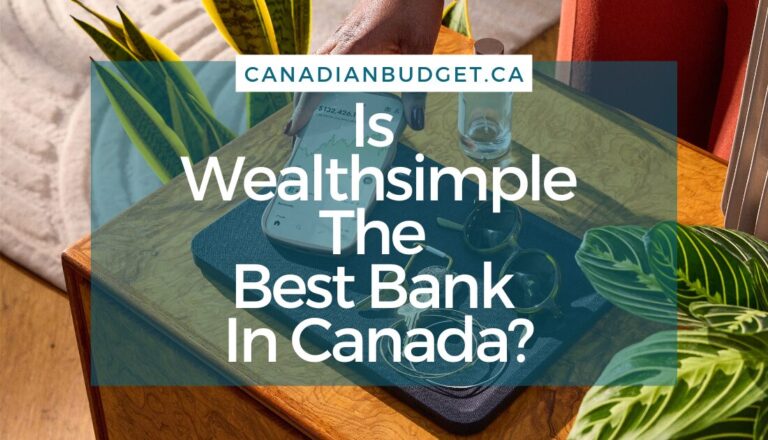
Why Wealthsimple Could Be the…
Wealthsimple Banking Review 2025: Best No-Fee Bank in Canada
Read More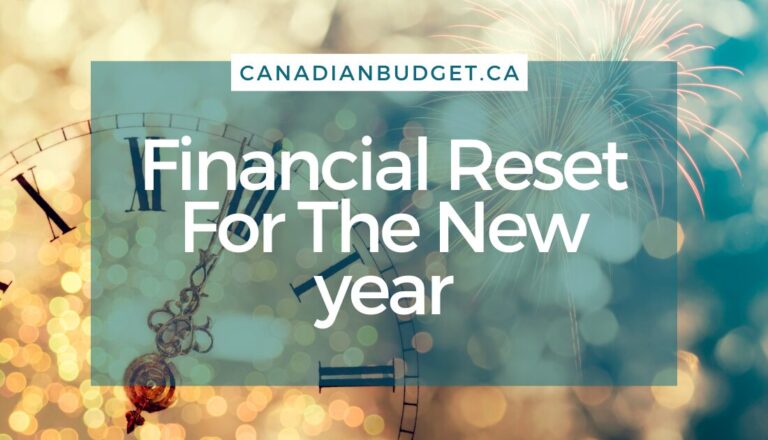
Financial Reset For The New…
How to Do a Financial Reset for the New YearAs the new year begins, it's the perfect time to take...
Read More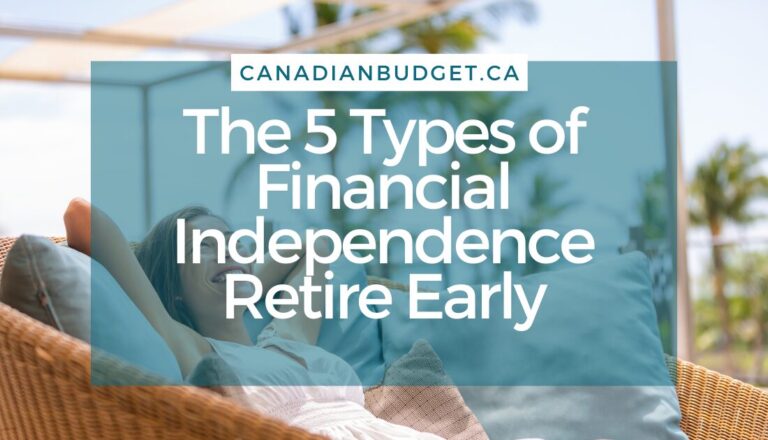
The 5 Types of Financial…
Starting your journey towards Financial Independence Retire Early (FI/RE) in Canada opens up possibilities for those eager to take control...
Read More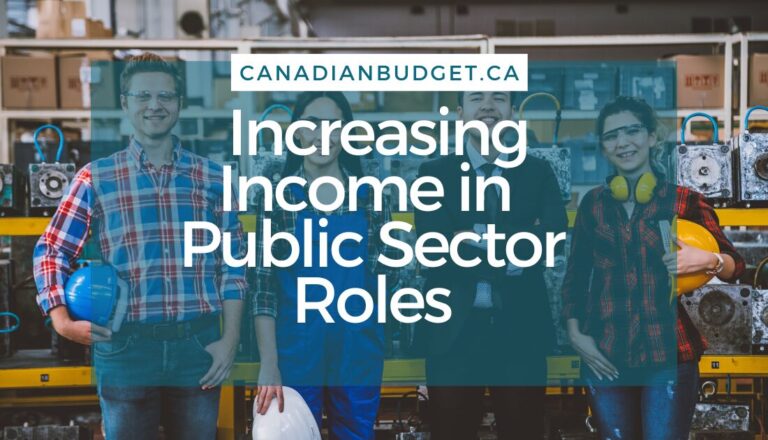
In a Public Sector role?…
Public sector roles, including those in schools and hospitals, make up approximately 21% of employment in Canada. That includes teachers...
Read More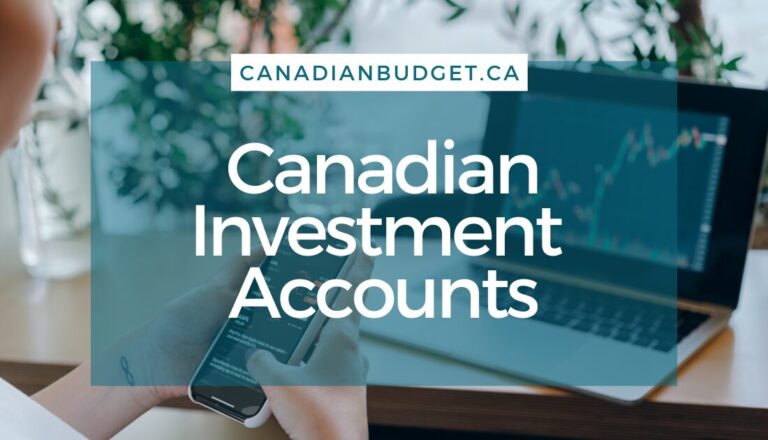
8 Canadian Investment Accounts To…
If you are new to investing, you might be wondering what the Canadian investment accounts are available, and which is...
Read More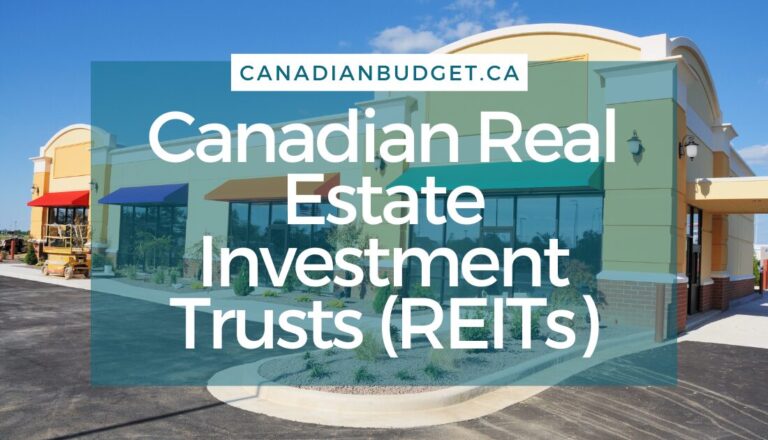
What Are Canadian Real Estate…
Canadian Real Estate Investment Trusts: What They Are and Should You Invest? Canadians have heard owning property was the path...
Read More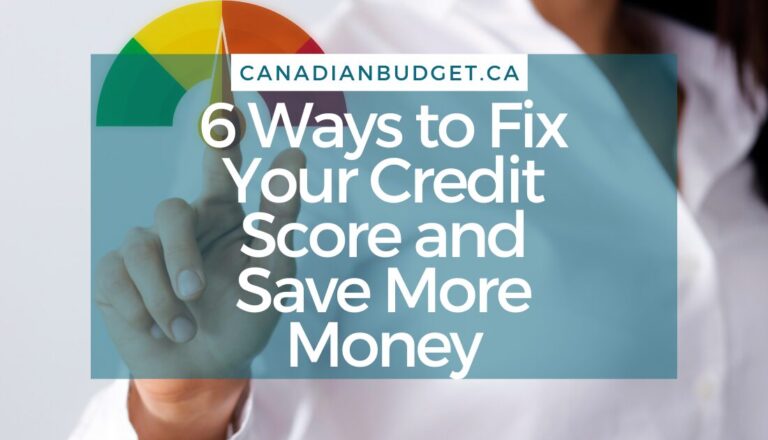
6 Ways Fixing Credit Scores…
Struggling with debt can significantly impact your financial well-being, especially if your credit score suffers. Fixing credit scores is important...
Read More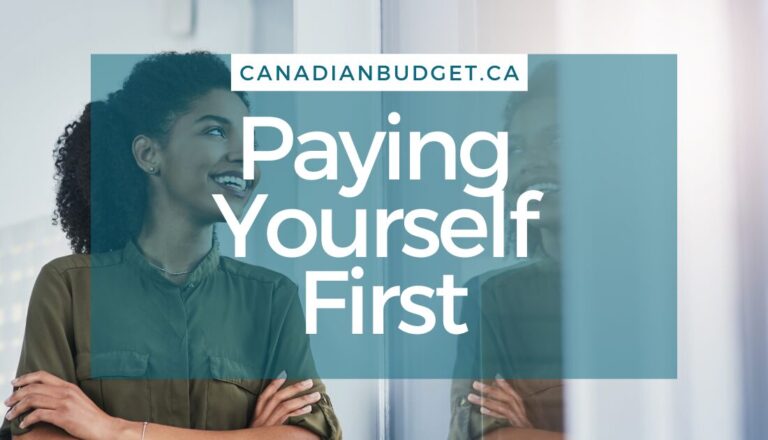
The Paying Yourself First Method
Taking control of your financial future starts with a simple yet powerful concept: paying yourself first. Shifting your money mindset...
Read More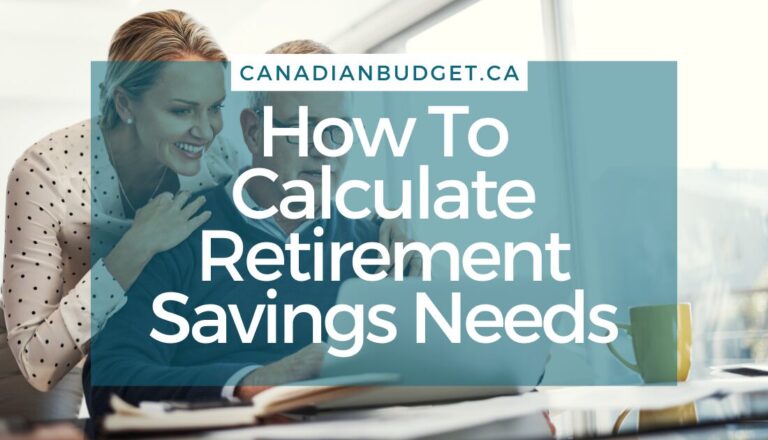
How to Calculate Retirement Savings…
When is a good time to calculate retirement savings needs? When retirement may be decades away it’s hard to think...
Read MoreAbout The Author
Jessica Morgan
Jessica Morgan is the founder and CEO of Canadianbudget.ca. She is passionate about personal finance and helping Canadians improve their financial literacy by providing more Canadian focused financial content. A millennial mom of one, she has a burning obsession with all things personal finance.
Jessica has a BA in East Asian Studies from York University and a Masters in Business Administration from Toronto Metropolitan University. She is a career public sector employee with a Hybrid Pension, and an advocate for Canadian women to improve their personal finance knowledge.


